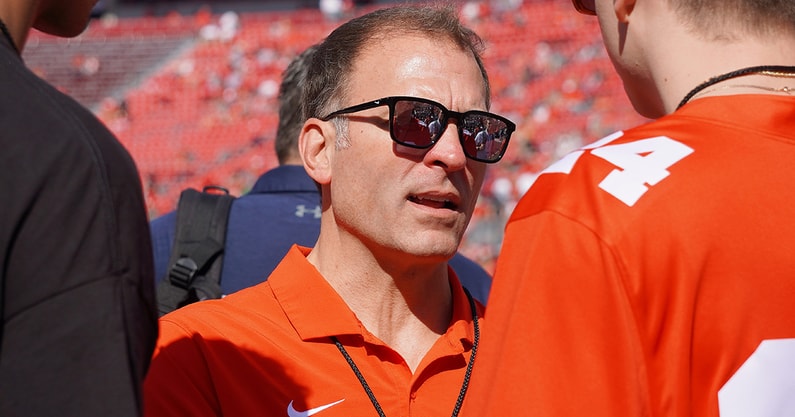Ohio State Athletic Director Proposes a New Era for NCAA Governance

Ross Bjork, the athletic director at Ohio State University, believes the NCAA needs to give more power to the major conferences to ensure a sustainable future for college sports.1 In a recent interview, Bjork argued that the NCAA’s failure to adapt to modern technology and innovation—specifically concerning Name, Image, and Likeness (NIL)—is what led to the legal challenges it now faces.
According to Bjork, the NCAA’s past struggles in court highlight a fundamental problem with its governance model. He suggests that if the NCAA had embraced a more modern approach, such as allowing athletes to monetize their own content, it could have avoided the current legal battles over financial arrangements.
A Shifting Power Structure
Bjork is a strong advocate for a new system where conferences take on a greater role in governance. He points to the newly formed College Sports Commission (CSC), which is led by power conferences, as a step in the right direction.2 By shifting control to these conferences, he believes the system will regain the confidence it lost in the old NCAA enforcement model.
However, Bjork emphasizes that this is only the beginning. He argues that federal legislation is needed to solidify these changes and prevent future legal disputes.3 Without a national law to “codify” the new structure, the system remains vulnerable to state-by-state laws and courtroom challenges.
In summary, Bjork believes the future of college athletics lies in a new, consolidated structure where the NCAA handles core functions like academics and championships, while the most powerful conferences take the lead on enforcement and financial governance. He remains optimistic that with a clear roadmap and the right federal support, college sports can achieve a more “durable” and sustainable system.

